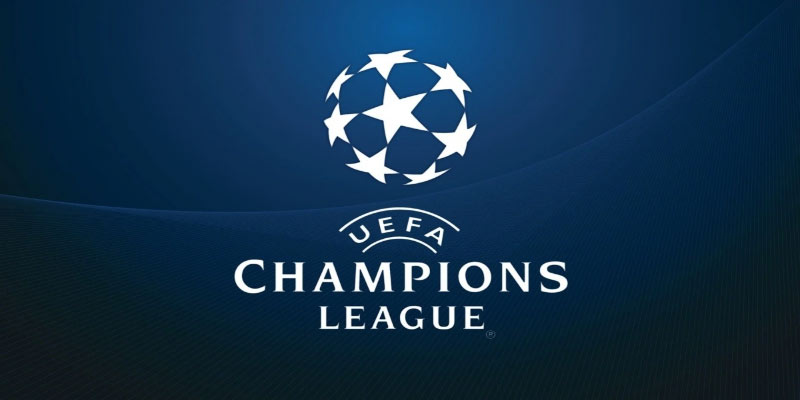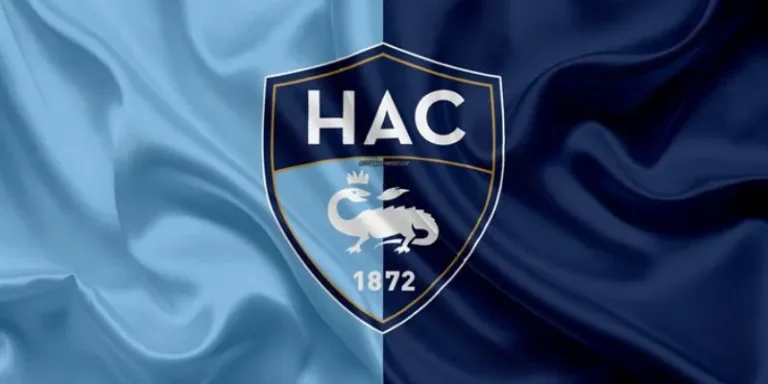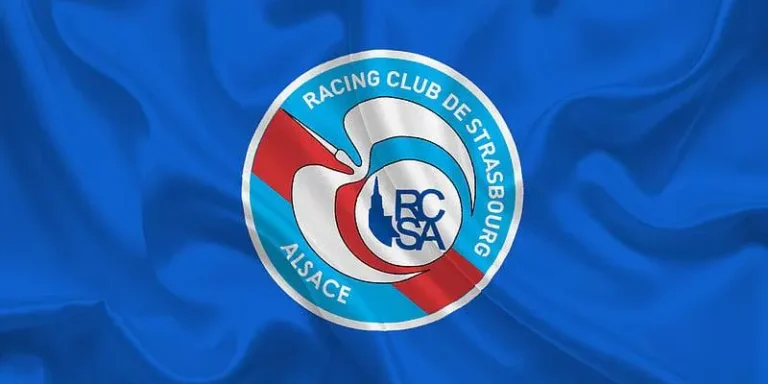
Secrets Behind the UEFA Champions League's Glory
The UEFA Champions League isn’t just a football tournament—it’s a high-stakes battlefield where history, ambition, and destiny collide. From underdog triumphs to jaw-dropping goals, it’s a spectacle that transcends sport and unites millions in shared passion. Clubs across Europe battle through fierce stages, not just for the trophy, but for eternal glory. With each season, the competition redefines greatness, setting new standards for drama, skill, and unforgettable moments. As rivalries flare and stars rise, the Champions League remains the ultimate dream for players and fans alike—a timeless symbol of football’s magic and magnitude.
The Role of UEFA Champions League in Player Transfers
The UEFA Champions League serves as a critical factor in player transfers and recruitment, impacting how clubs approach their squad strategies. The allure of competing in the tournament often draws players to clubs that can offer European football.
Examining the connection between the Champions League and player transfers reveals how influential the tournament can be in shaping squads across Europe.
Competitive Edge
Clubs competing in the Champions League often possess a competitive advantage in attracting top talent. Players aspire to compete at the highest level, and playing in the tournament enhances their profiles, allowing them to showcase their abilities against the best in the world.
This heightened visibility becomes a vital aspect for clubs seeking to secure exciting talents. Players are more likely to consider offers from clubs participating in the Champions League due to the opportunities for personal growth and development.
Increased Financial Resources
Clubs in the Champions League frequently benefit from increased financial resources, enabling them to offer higher wages to potential signings. The revenue generated from broadcasting rights and matchday income provides clubs with the necessary funds to be competitive in the transfer market.
For many clubs, advancing deep into the tournament translates into significant financial windfalls that enable strategic investments in key positions, thus strengthening the squad for future battles.
Player Development
The Champions League also stimulates player development and growth. Clubs recognize the importance of nurturing young talents through exposure to competitive football at the highest level. This focus on player development allows clubs to harness their academies and invest in future stars.
Players who demonstrate promise can secure opportunities within the Champions League, allowing them to hone their skills and develop their capabilities in high-pressure situations. This approach fosters a constant flow of talent into the tournament.
Future of the UEFA Champions League
As football evolves, so too does the UEFA Champions League. The tournament continues to adapt to modern demands, technology advancements, and fan preferences, ensuring it remains at the forefront of global football.
Exploring these future developments provides insight into what lies ahead for the Champions League and how it will shape the landscape of club football in the coming years.
Technological Innovations
The future of the Champions League will likely involve the integration of technological innovations to enhance the overall experience for fans, players, and clubs. Embracing advancements such as augmented reality, and enhanced statistics may alter how audiences engage with the tournament.
These technologies could create immersive experiences, providing insights into match statistics, player performance, and tactical analysis in real-time. Clubs may also explore innovations to improve training methods, player welfare, and injury prevention strategies.
Expanded Formats
There have been discussions regarding potential changes to the format of the UEFA Champions League. As the number of participating teams continues to grow, finding a balance between inclusivity and maintaining quality will become essential.
Possible reforms could include expanding the group stages, introducing more knockout rounds, or even experimenting with alternate formats to keep fans engaged and excited about the tournament.
Sustainability Efforts
The Champions League’s future will also depend on sustainability efforts within the sport. Commitments to environmental responsibility and reducing carbon footprints will likely become essential components of club operations.
Clubs and organizations may explore strategies to limit their environmental impact, suggesting that the future of the Champions League will encompass not only competitive elements but also a social responsibility paradigm within the context of the global football landscape.
Fan Culture Surrounding the UEFA Champions League
The UEFA Champions League is not solely defined by its matches and outcomes; fan culture plays a vital role in fueling the fervor surrounding the tournament. Fans create vibrant atmospheres during matches, engage in passionate rivalries, and contribute to the overall narrative of the Champions League.
Examining this unique fan culture reveals the connection between supporters and the competition, highlighting what makes this tournament a spectacle unmatched in the world of sport.
Atmosphere at Matches
The atmosphere during Champions League matches is often electric, with fans creating a rich tapestry of color, sound, and fervor. The chants, flags, and rituals employed by supporters enhance the overall experience, amplifying the pressure and excitement for both players and viewers alike.
As clubs push for victory, the passionate displays from fans resonate throughout the stadium, adding an emotional layer to the proceedings. The crowd’s energy becomes palpable; it can significantly influence the outcome of matches and shape the overall tournament.
Social Media and Engagement
Social media has transformed the landscape of fan engagement, providing platforms for supporters to share their experiences and connect with like-minded individuals. The Champions League has successfully harnessed this social media wave, amplifying fan voices and creating a sense of community.
Fans utilize platforms to express emotions, celebrate triumphs, and lament defeats, forming a dynamic connectivity that enriches the competition. These interactions can transcend geographical barriers, allowing fans from different countries and backgrounds to unite over a shared love for their clubs.
Rivalries and Unity
The UEFA Champions League has a rich history of rivalries that heighten the stakes and elevate the competition. Matches between longtime foes often dominate headlines and attract massive audiences.
These rivalries illuminate the delicate balance of competition within football—while fierce battles may divide fans, they simultaneously foster unity among supporters proud of their clubs’ achievements. Such interactions contribute to the chronicled legacy of the tournament, preserved in the hearts and minds of fans across generations.
Conclusion
The UEFA Champions League has firmly solidified its place as the pinnacle tournament in club football, showcasing a rich history filled with extraordinary moments, captivating rivalries, and remarkable achievements. Its evolution over the years has attracted global attention and engagement, creating a unique culture surrounding the competition. As the tournament adapts and aligns with modern demands, it continues to influence player performance, club strategies, and fan passion for the beautiful game. The future of the UEFA Champions League promises ongoing excitement, innovation, and a deep connection between clubs and their ever-enthusiastic supporters.



